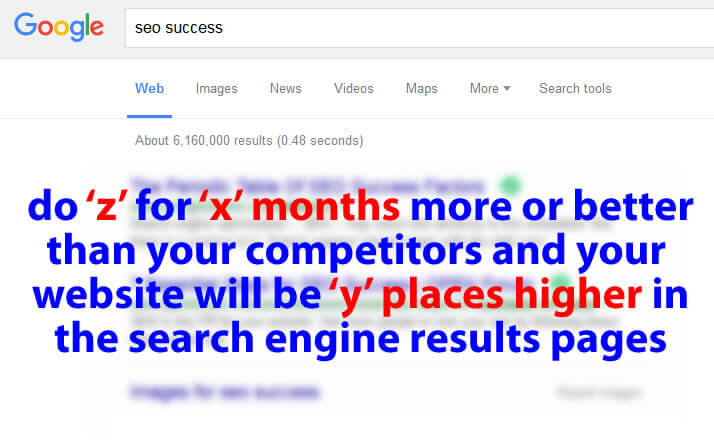If you regularly read advice about the factors that makes a site rank higher in Google’s organic search results then you’re likely to end up more confused – Google Ranking Factors. Some might endorse one type of tag or keyword usage but you’re unlikely to get much validated cause and effect advice along the lines of do ‘z’ for ‘x’ months more or better than your competitors and your website will be ‘y’ places higher in the search engine results pages.
That’s why a recent article by SEO specialists Northcutt – Google Ranking Factors – is so welcome because they have taken a more rigorous scientific approach and attempted to assess whether a possible factor has an actual basis for truth or whether it is simply a myth and why.
In all they examined 261 factors that are commonly cited as influence the position of a website on search engine results pages (SERPS).
The most trustworthy SEO knowledge only comes from three sources:
- Patent filings
- Direct statements from Google and/or their team
- Applying The Scientific Method
The Northcutt analysis included factors that are controversial or even outright myths, but by proving or disproving them using the above sources have come up with a very valuable resource for SEO specialists and website owners alike. We have been through the information and attempted to classify and organise the information for to help ourselves initially but we thought the information was too useful not to share.
Analysing Google ranking factors
The Google ranking factors were assessed as concrete, probable, likely, maybe, iffy or myths. Some of the headings are self-explanatory but you’ll also need to refer to the original blog posting for sources and further explanation here: Google Ranking Factors
The Northcutt analysis classified the ranking factors as Concrete – definitely influencing the site rankings – through to Myths – factors sometimes mentioned but with no influence on rankings. There were 61 Concrete ranking factors and 29 outright Myths. The remaining 171 were then adjudged Probable, Likely, Maybe, Iffy, based on the available evidence from the evidence based sources mentioned previously.
[amcharts id=”Google Ranking Factors”]
They also categorised the ranking factors into broad areas:
- Positive On-Page Factors – these are factors that manipulate directly through the management of your own website. Positive factors are those which help you to rank better. Five example Concrete ranking factors include the following:
- Keyword in URL
- Keyword in Title Tag
- Words with Noticeable Formatting
- Keyword in ALT Text
- Internal Link Anchor Text
- Negative On-Page Factors – these are things you can do that harm your existing rankings and you should avoid them on your website. Example Concrete ranking factors include the following:
- Foreground Matches Background
- Single Pixel Image Links
- Broken Internal Links
- Frames/Iframes
- Slow Website
- Positive Off-Page Factors – describe events that take place somewhere other than on the site that you directly control and are trying to improve performance of in the rankings. Concrete ranking factors include the following:
- Authoritative Inbound Links to Page
- More Inbound Links to Page
- Keyword Anchor Text
- Links from Relevant Sites
- Query Deserves Freshness (QDF)
- Negative Off-Page Factors – these are generally related to unnatural patterns of backlinks to your site, usually due to intentional link spam. Concrete ranking factors include the following:
- Excessive Cross-Site Linking
- Paid Link Schemes
- Diluted Page Authority
- Negative SEO (Google Bowling)
- Diluted Domain Authority
We can wholeheartedly recommend reading the full blog posting from Northcutt as it contains many useful pieces of advice backed up by evidence: Google Ranking Factors
Download our filterable Excel spreadsheet analysis-of-northcutt-ranking-factors






